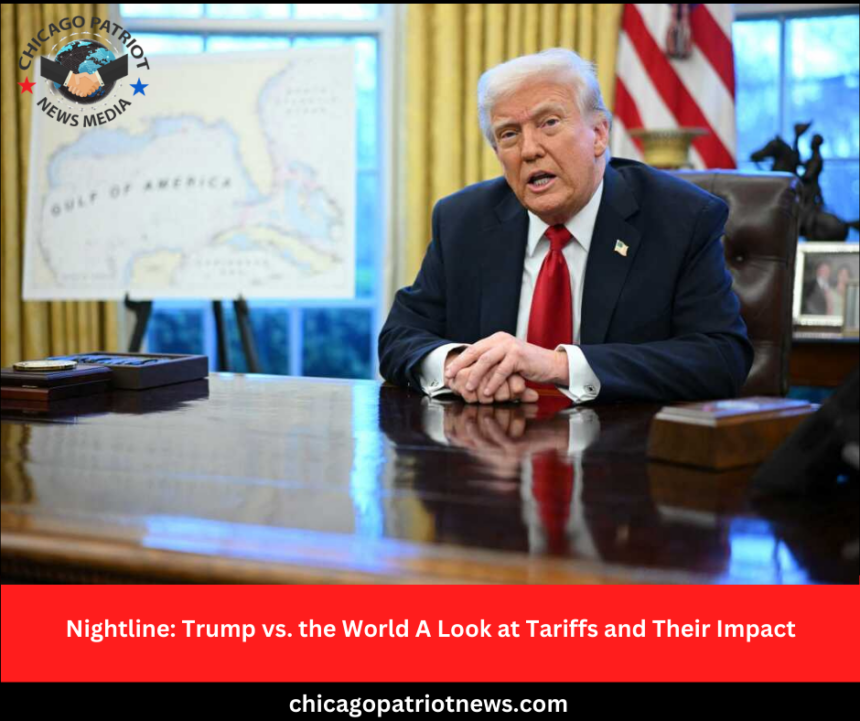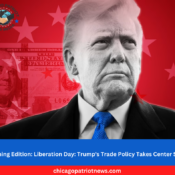Chicago – April ,05 2025
What Are Tariffs and How Do They Work?
Tariffs are taxes imposed on goods brought into a country from abroad.
Usually, they are calculated as a percentage of the product’s value. For example, a 25% tariff on a $10 item would add an extra $2.50 to the price.
The companies importing these goods are responsible for paying the tax to the government.
These companies can either pass on part or all of the added cost to customers, or they may choose to import fewer foreign goods.
Why is Trump Using Tariffs?
Trump has repeatedly stated that “tariff” is his favorite word and has long advocated for their use to strengthen the U.S. economy.
He believes tariffs will encourage American consumers to purchase more domestically produced goods, increase tax revenue, and attract significant investment to the country.
Trump aims to narrow the trade deficit, which represents the difference between the value of goods the U.S. imports and exports. He claims that America has been exploited by “cheaters” and “pillaged” by foreign countries.
In addition to tariffs, Trump has made other demands, especially targeting major U.S. trading partners like China, Mexico, and Canada. He has called for these countries to take stronger action to prevent migrants and drugs from entering the U.S.
What Are Trump’s ‘Reciprocal Tariffs’?
Trump announced that starting April 5, a minimum 10% tariff would be imposed on all imports to the U.S., affecting countries like the UK, Argentina, Australia, Brazil, and Saudi Arabia.
However, many countries will face even higher tariffs starting April 9. These include a 49% tariff on Cambodian goods, 46% on Vietnamese imports, and an additional 34% on Chinese products, on top of the 20% tariffs previously announced. Goods from the EU will also face a 20% tax.
White House officials referred to these higher tariffs on what Trump described as the “worst offenders” as “reciprocal.” In theory, this would mean the tariffs are based on what those countries already charge the U.S. in tariffs and non-tariff barriers like regulations.
However, the tariffs were actually set with the aim of eliminating the U.S.’s trade deficit with each of these countries, rather than solely being reciprocal.
How Have Other Countries Responded to Trump’s Tariffs?
EU President Ursula von der Leyen warned that the impact of the tariffs would be severe for millions of people worldwide, adding that Europe was finalizing its response to the previously announced steel and aluminum tariffs.
China, facing a total of 54% in tariffs, announced it would impose an additional 34% tariff on U.S. goods starting April 10.
Canadian Prime Minister Mark Carney emphasized the need to act decisively and forcefully in response.
Italy’s Giorgia Meloni, a Trump ally, criticized the move as “wrong” but expressed a willingness to negotiate with the U.S. to avoid a trade war.
In Ireland, Prime Minister Micheál Martin called the tariffs “deeply regrettable” and without “justification,” stressing that they would benefit no one.
Australian Prime Minister Anthony Albanese said the tariffs were “not the act of a friend.”
South Korea’s acting president Han Duck-Soo declared that a global trade war had now become a reality.
Japan expressed strong disapproval, calling its 24% tariff “extremely regrettable” and suggesting it could breach both World Trade Organization rules and U.S.-Japan agreements.






